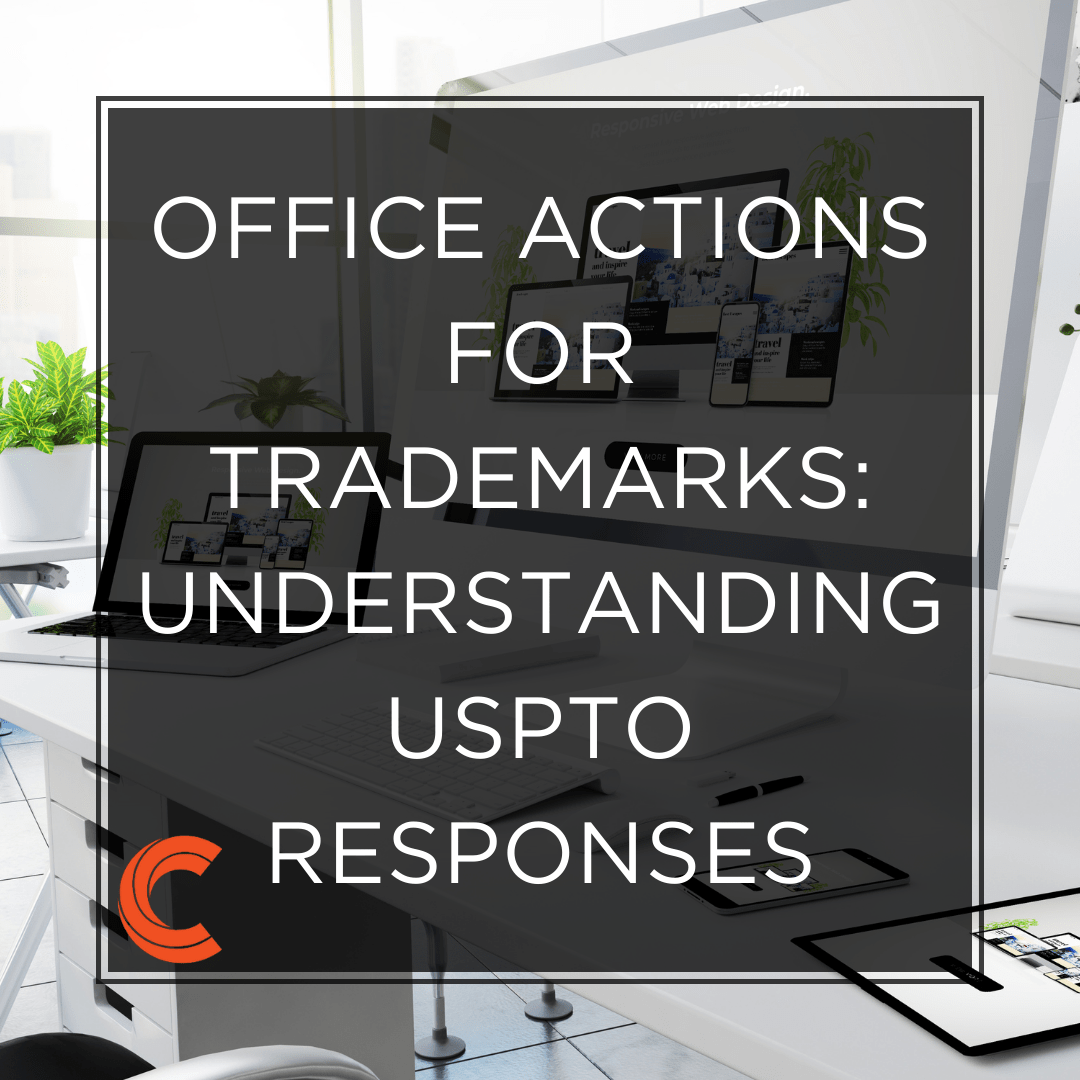Applying for a trademark can be a complex process. Many applicants receive an office action from the United States Patent and Trademark Office (USPTO). This document outlines issues with your application. Understanding common office actions can help you respond effectively.
What is a Trademark Office Action?
A trademark office action is an official letter from the USPTO. It explains why your trademark application was refused or needs clarification. These documents are common in the trademark registration process.
Types of Office Actions
There are two main types:
- Non-Final Office Action: This is the first response from the USPTO. It allows you to address issues and resubmit your application.
- Final Office Action: This comes after a non-final document. It gives you one last chance to overcome objections.
Common Reasons for Office Actions
Understanding frequent issues can help you avoid or address them. Here are some common reasons why you might get one:
1. Likelihood of Confusion
This is one of the most common issues. The USPTO may find your mark too similar to an existing trademark. They consider both the marks and the goods or services they represent.
How to Respond:
- Argue that the marks are different enough to avoid confusion
- Show that the goods or services are distinct
- Consider narrowing your description of goods or services
2. Descriptiveness
Your mark might receive an Office Action if it merely describes your goods or services. Descriptive marks are generally not strong enough for trademark protection.
How to Respond:
- Argue that your mark is suggestive rather than descriptive
- Provide evidence of acquired distinctiveness
- Consider amending to the Supplemental Register
3. Surname Refusal
If your mark is primarily a surname, it may be refused registration. Surnames are not inherently distinctive.
How to Respond:
- Show that the name has another primary meaning
- Provide evidence of acquired distinctiveness
- Consider adding distinctive elements to the mark
4. Specimen Refusal
The USPTO might reject your specimen if it doesn’t show proper trademark use. This is common with online businesses.
How to Respond:
- Respond to the office action by submitting a new specimen that clearly shows trademark use
- Provide additional evidence of how you use the mark
- Ensure your specimen matches your description of goods/services
5. Indefinite Goods and Services
Your description of goods and services must be clear and specific. Vague or overly broad descriptions will be refused.
How to Respond:
- Revise your description to be more specific
- Use the USPTO’s Acceptable Identification of Goods and Services Manual
- Remove any items not currently offered under the mark
6. Disclaimer Requirement
The USPTO may require you to disclaim exclusive rights to certain parts of your mark. This often applies to descriptive elements.
How to Respond:
- Submit the required disclaimer
- Argue why a disclaimer isn’t necessary, if applicable
Tips for Responding to Office Actions
Responding to these documents can be challenging. Here are some tips to help:
- Read the entire document carefully
- Address every issue raised by the examiner
- Provide clear, concise arguments
- Include supporting evidence when possible
- Meet all deadlines – usually 6 months from the office action date
- Consider seeking professional legal help
The Importance of Timely Responses
Failing to respond to an office action on time can result in your application being abandoned. This means you’ll lose your filing date and fees. Always respond within the given timeframe.
When to Seek Professional Help
While you can respond to these documents on your own, some situations warrant professional help. Consider contacting a trademark attorney if:
- You’re unsure how to address the issues raised
- The office action cites complex legal arguments
- You’ve received a final document
- You need to submit significant evidence
Firms like Carbon Law Group specialize in trademark law and can provide valuable assistance in these situations.
After the Response: What Happens Next?
After you submit your response, the USPTO will review it. There are several possible outcomes:
- Your response is accepted, and your mark moves forward
- You receive another office action with new or remaining issues
- Your application is approved for publication
- Your application is finally refused
If refused, you may have options for appeal or other actions.
Preventing Office Actions
While not all office actions can be avoided, you can reduce your chances by:
- Conducting a thorough trademark search before applying
- Choosing a strong, distinctive mark
- Providing a clear, specific description of goods and services
- Submitting a proper specimen of use
- Understanding USPTO guidelines and requirements
Conclusion: Demystifying the Office Action Process
Office actions are a normal part of the trademark registration process. They don’t necessarily mean your application will be refused. Many issues can be resolved with a proper response.
Understanding common office action issues helps you prepare better applications. It also enables you to respond more effectively if you receive one of these documents.
Remember, each situation is unique. What works for one application may not work for another. When in doubt, consider seeking professional legal advice.
You increase your chances of successful trademark registration by approaching each situation with knowledge and preparation. This protects your brand and strengthens your business in the long run.
Whether you’re just starting the trademark process or dealing with an office action, stay patient and persistent. With the right approach, you can successfully register your trademark and secure your brand’s future.





